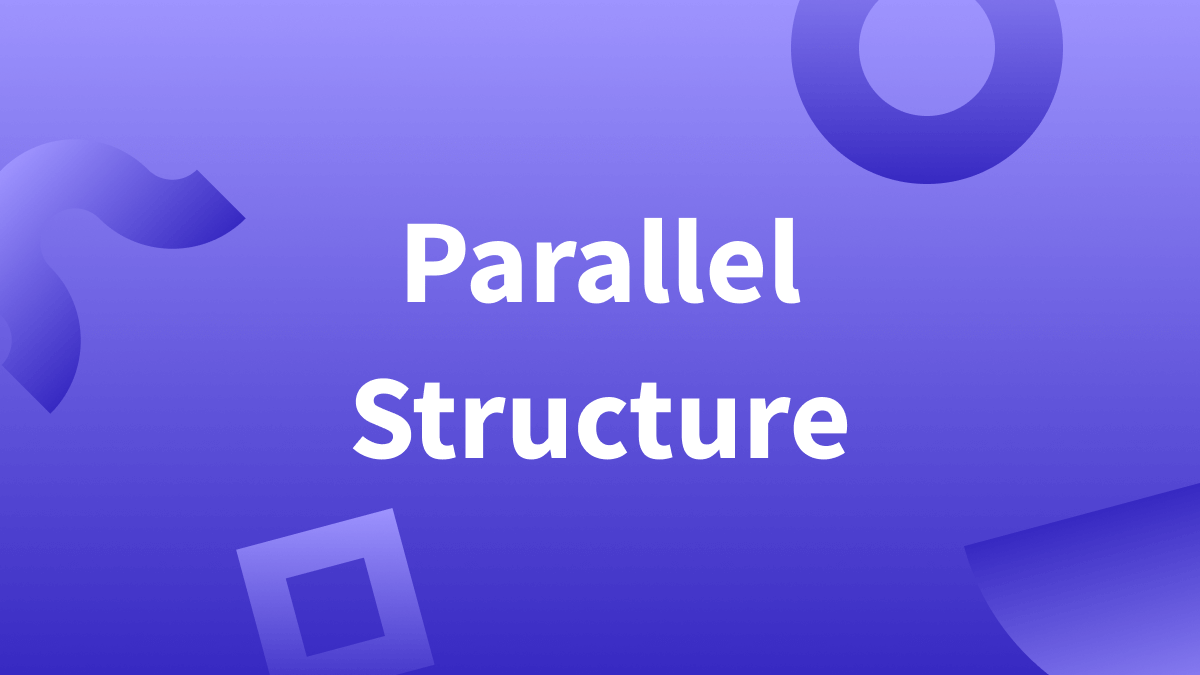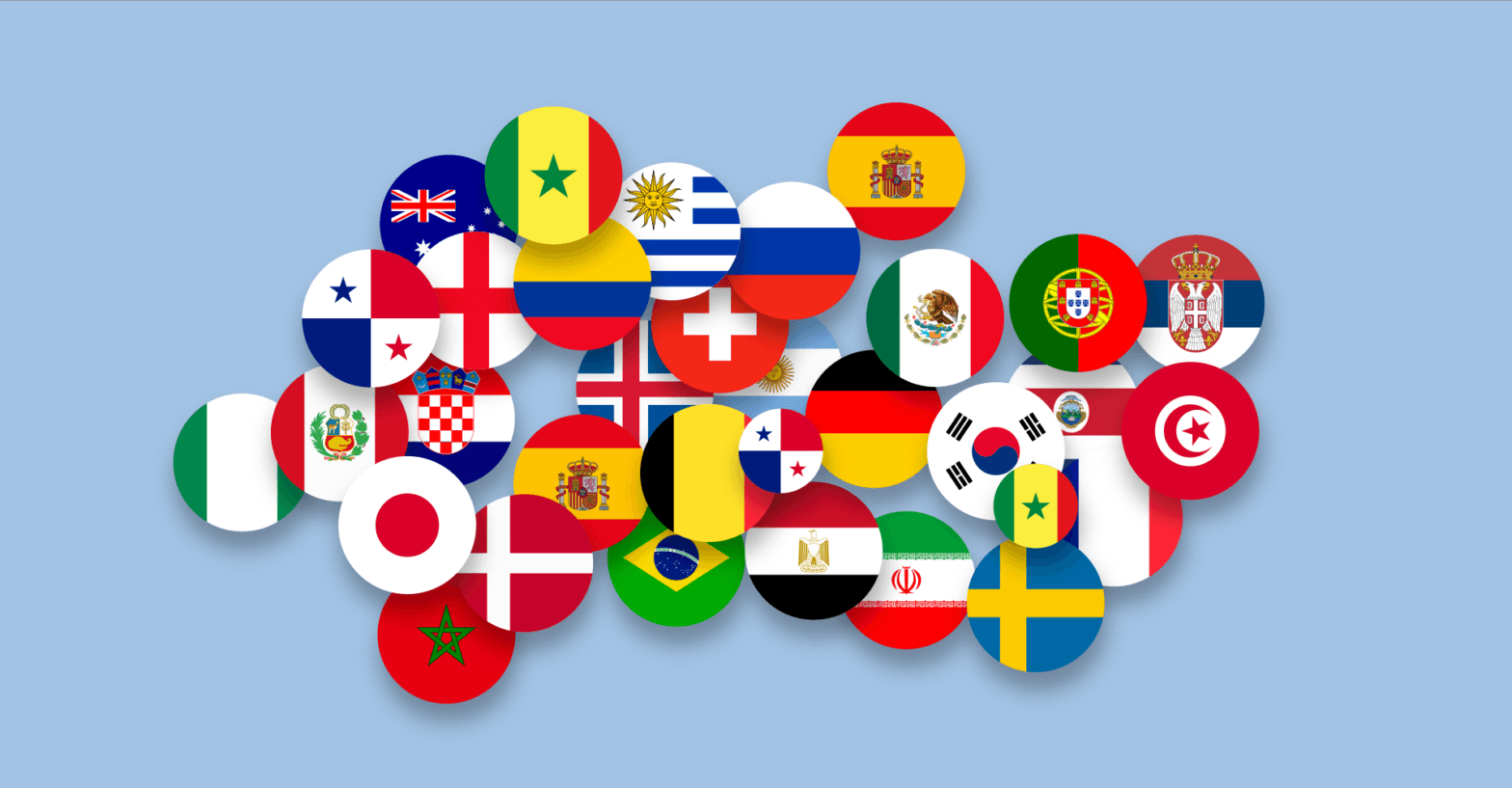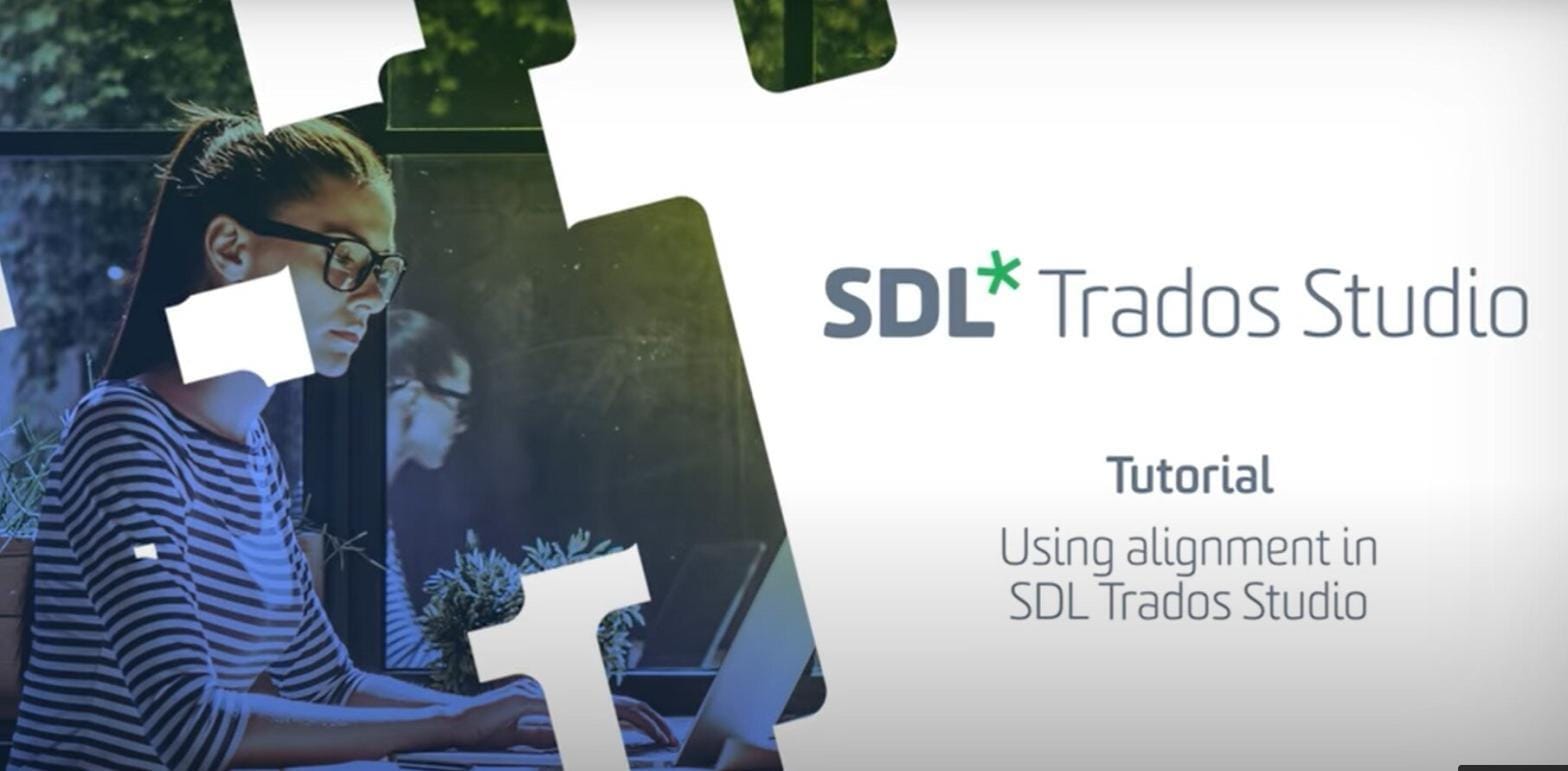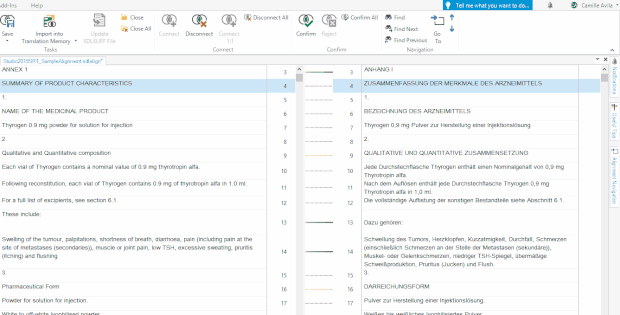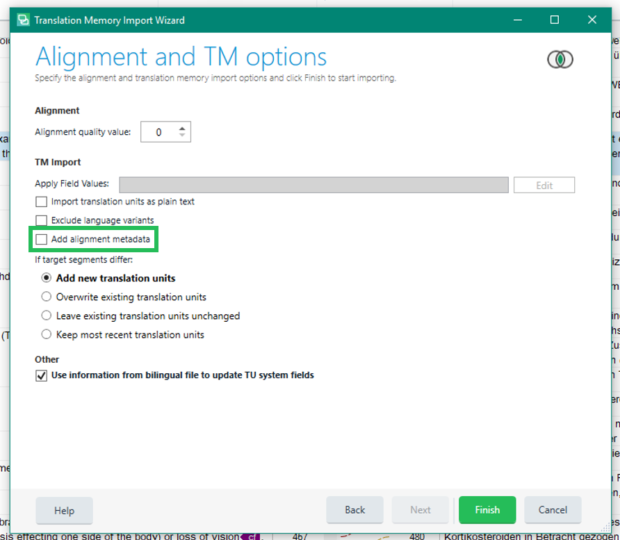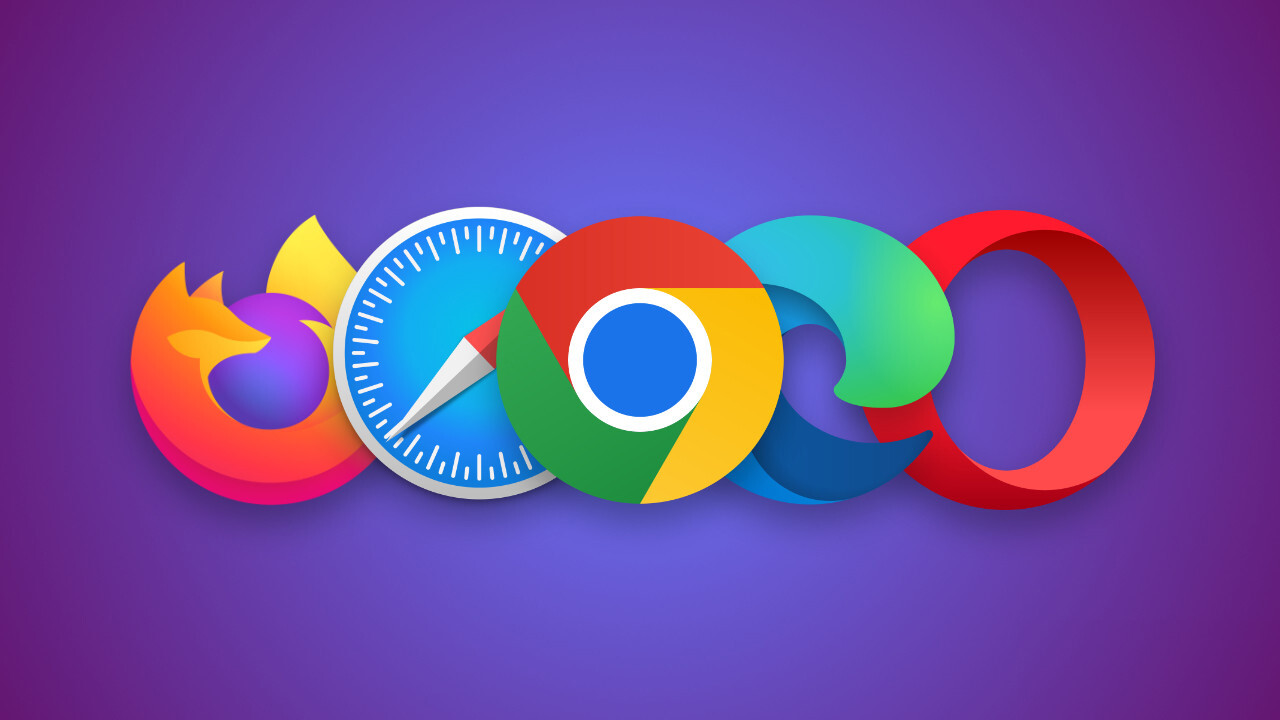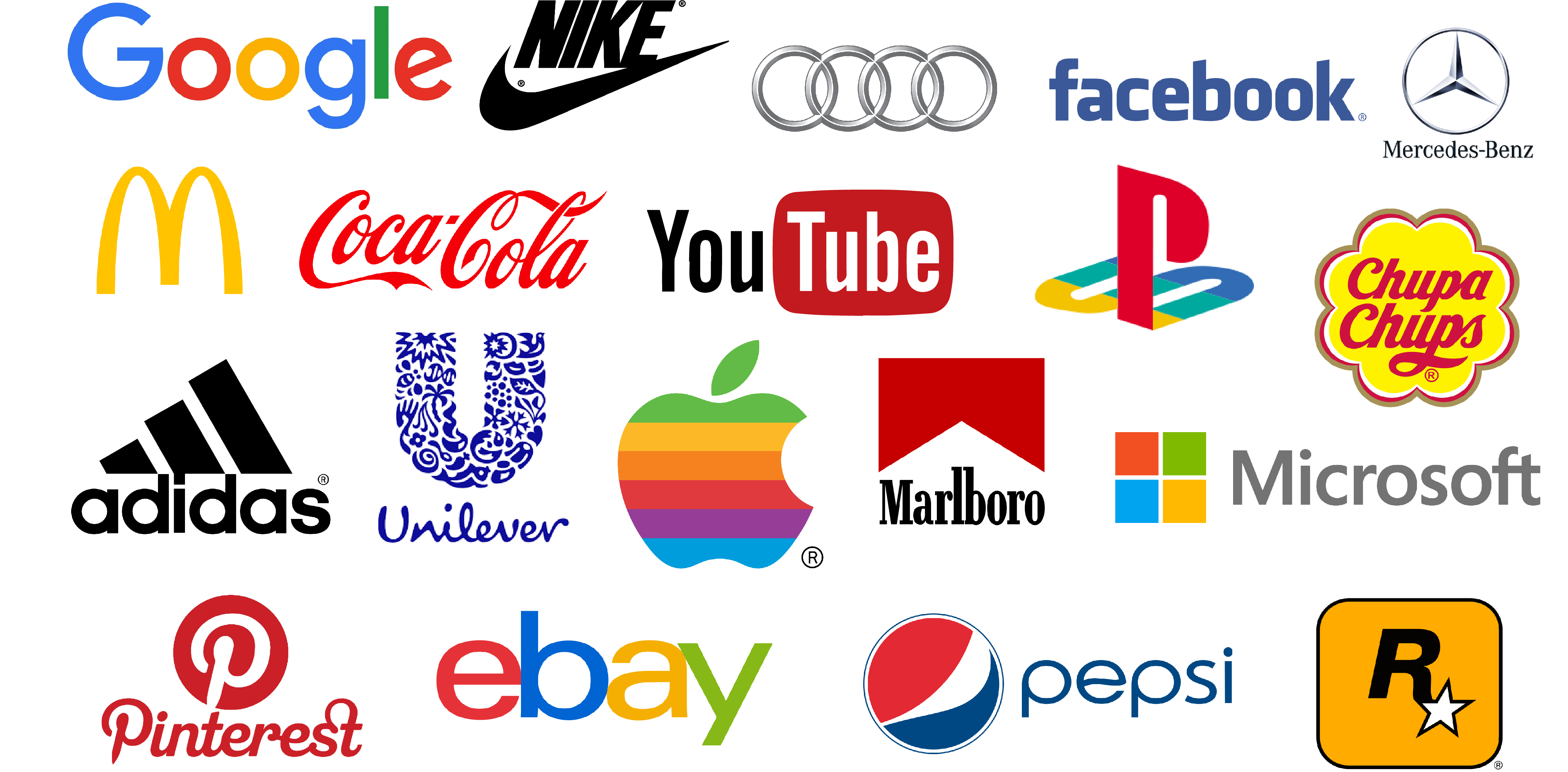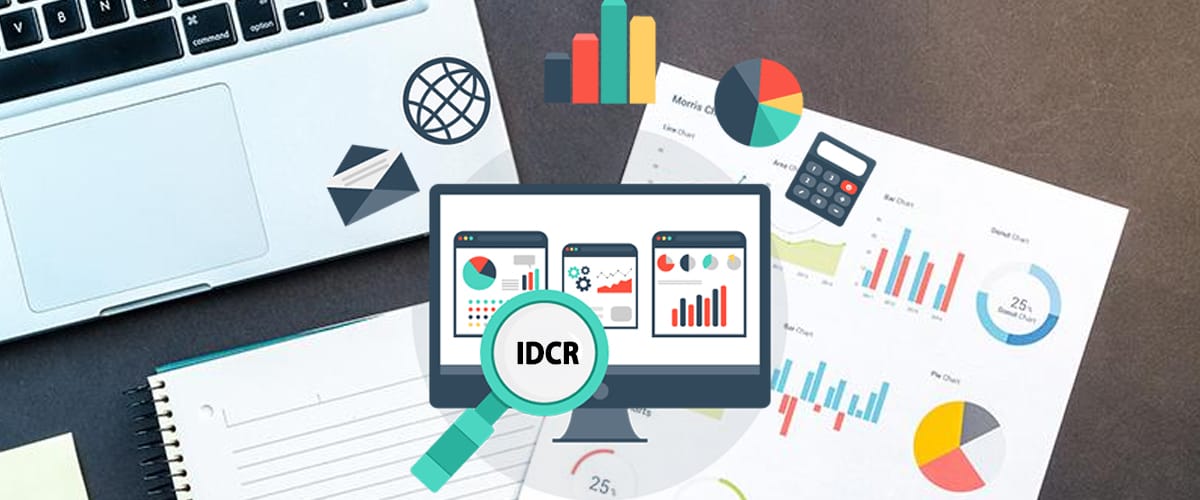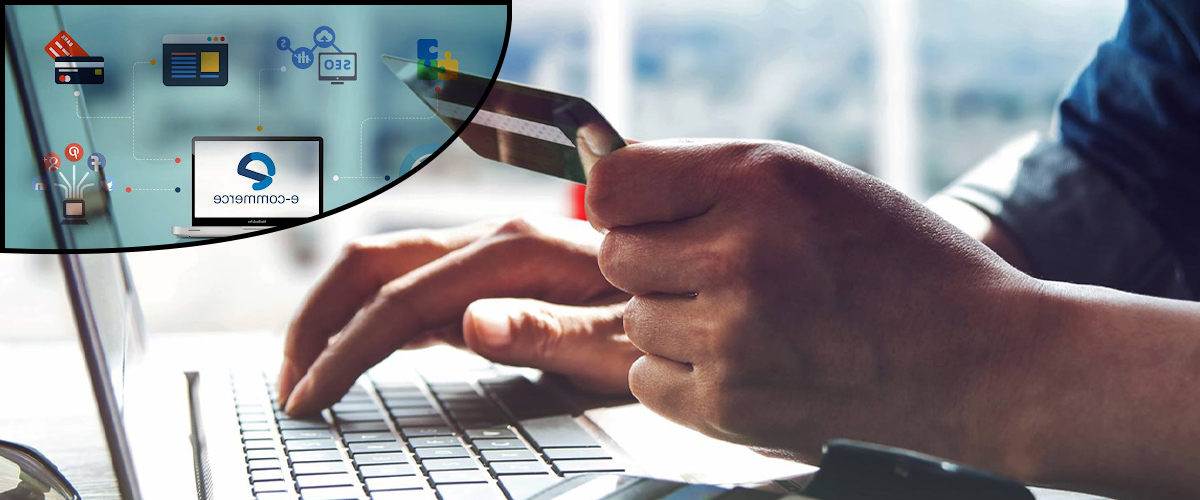You have probably heard about the golden ratio in art, architecture, culture or religion. It is no different in language and the same recipe in writing can make your words more pleasing to the audience. Such effect can be created by the use of a parallel structure.
Speech writers know all about patterns because many common rhetorical devices rely on patterns. Some of the most famous pieces of writing use patterns, and that is probably one of the reasons we remember them. From Julius Caesar’s “I came, I saw, I conquered,” to Martin Luther King Junior’s “I have a dream” speech, patterns have helped speakers deliver a strong message.
When someone says, “It was the best of times,” almost everyone knows that it refers to Dickens’ historical fiction “A Tale of Two Cities” and what follows is “it was the worst of times.” You may not know this work or the rest of the opening lines by heart but let’s see how Dickens continued the pattern — the parallel sentence structure — to draw in his readers:
- It was the best of times, it was the worst of times, it was the age of wisdom, it was the age of foolishness, it was the epoch of belief, it was the epoch of incredulity, it was the season of light, it was the season of darkness, it was the spring of hope, it was the winter of despair…
By following each clause with one that is its opposite (“best”/”worst”, “wisdom”/”foolishness”, etc.), Dickens is also using a rhetorical device called antithesis.
Winston Churchill used the same method of starting each clause with the same words (sometimes called anaphora) in one of his famous speeches from World War II:
- …we shall fight on the beaches, we shall fight on the landing grounds, we shall fight in the fields and in the streets, we shall fight in the hills. We shall never surrender.
Note how similar each clause is. With Dickens, each clause starts with “it was the…” With Churchill, each clause starts with “we shall…”. Another word for this kind of pattern is parallelism.
You may not be writing a novel or writing a speech to rouse an entire country, and you may not always want to use heavy words such as anaphora and antithesis but you should still embrace parallelism whenever possible, not only because it makes your writing powerful and memorable but also because when it is missing, readers will often get a vague sense that something is wrong. Your writing will awaken more ideas for your readers instead of directing them to your desired goal.
Take this sentence, for example:
- Kids these days are obsessed with taking pictures of themselves, hanging out with friends, and check Instagram to see if anyone liked their posts.
I stumble when I get to “check” because it is not parallel. I expect to read “checking…”. We have the gerunds “taking pictures” and “hanging out” but then the sentence switches to a verb — “check” — which does not follow the pattern. You can easily make that sentence better by replacing “check” with a gerund:
- Kids these days are obsessed with taking pictures of themselves, hanging out with friends, and checking Instagram to see if anyone liked their posts.
Articles such as “a” and “the” can also throw off parallelism. They should come before all the items in a series, as in
- For her birthday, we gave Ashley an iPhone, a ring light, and an Instagram account of her own.
If each item in the list takes the same article, you can use it just once before the whole list, as in the following sentence:
- For her birthday, we gave Ashley a phone, ring light, and TikTok account of her own.
Parallelism — or the lack of it — becomes even more obvious when you have items in a bulleted list. Consider an example of an instruction for the staff to close the store after every workday:
When you close the store for the night
· The doors should be locked.
· Empty the till.
· Next, in the log book, record the money.
· Alarm: Set it.
None of those bulleted items used the same structure and the list was hard to read. You can improve the instructions by giving more detail in the introductory sentence and making each bullet use the same structure:
When you close the store for the night, take these steps in the following order:
· Lock the doors.
· Empty the till.
· Record the amount of money from the till in the log book.
· Set the alarm.
So much better! And it is even more obvious when you see it on the page.
Lack of parallelism is not just a common style problem in prose, it’s also one of the more common errors in resumes, so remembering to check your parallelism can help you get ahead in your current job — or help you find a new one.
